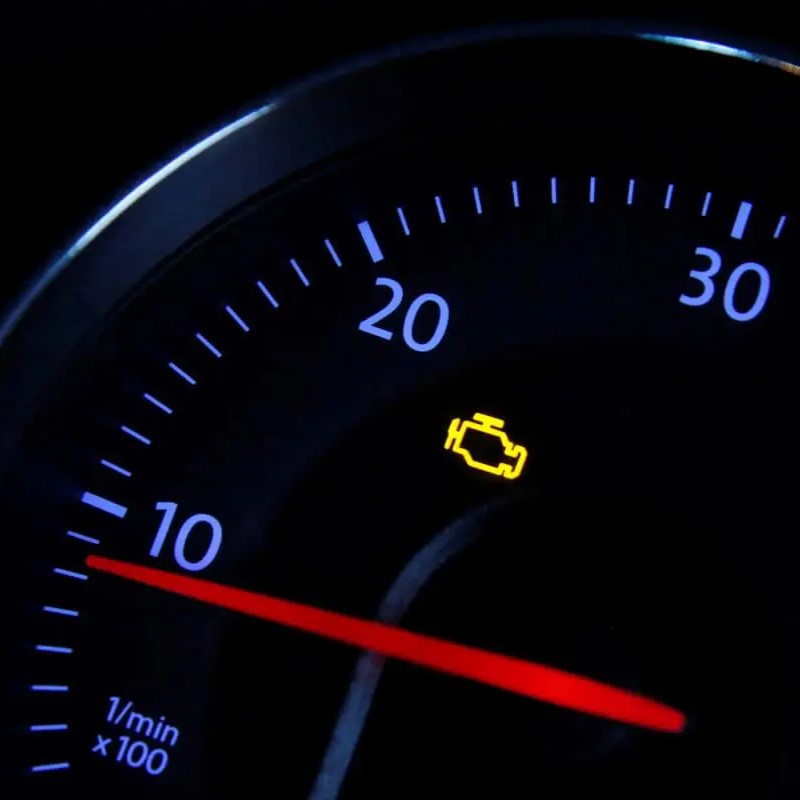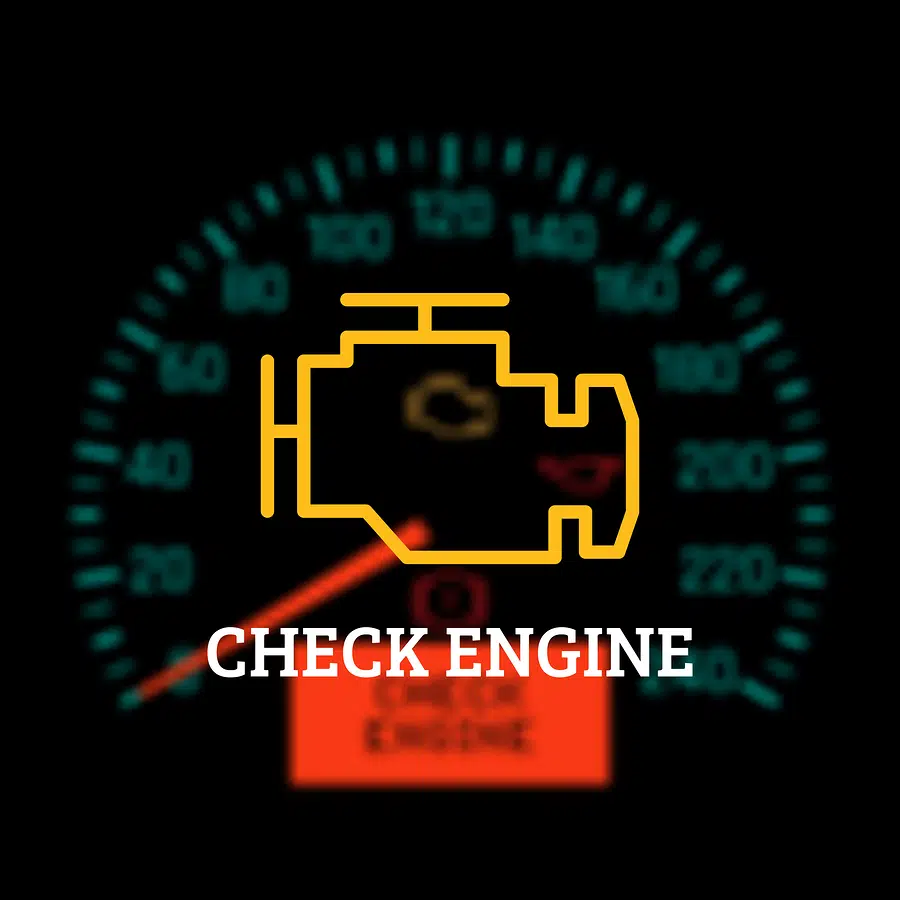The dashboard of your car is a vital communication center. Littered with symbols and lights, it constantly relays information about your vehicle’s health. However, few lights strike fear in the hearts of drivers quite like the transmission warning light. Often appearing as a red gear or an illuminated “D,” this light signals a potential problem with the very system responsible for transferring power from the engine to the wheels.
But what exactly does the transmission warning light signify? While it can be unnerving, it’s important not to panic. Let’s delve deeper into the reasons behind this light coming on, the potential consequences of ignoring it, and the steps you should take to address the issue.
Common Causes of the Transmission Warning Light
The transmission warning light can illuminate for a variety of reasons, some more serious than others. Here are some of the most frequent culprits:
-
Low Transmission Fluid: The transmission relies on fluid to lubricate moving parts and transmit power. Low fluid levels can lead to overheating, increased friction, and ultimately, transmission failure. This is often the most straightforward fix, requiring only a top-up of the appropriate fluid.
-
Overheating Transmission: The transmission generates heat during operation. If this heat isn’t properly dissipated, the fluid can break down and lead to shifting problems or complete transmission failure. This could be caused by towing heavy loads, low fluid levels, or a malfunctioning cooling system.
-
Dirty Transmission Fluid: Over time, transmission fluid degrades and becomes contaminated with metal shavings and other debris. This can impair its ability to lubricate and cool, eventually triggering the warning light. Regular transmission fluid changes are crucial for preventative maintenance.
-
Faulty Sensors: The transmission relies on various sensors to monitor fluid pressure, temperature, and gear selection. A malfunctioning sensor can send false information to the car’s computer, leading to the illumination of the warning light even if there’s no underlying issue.
-
Internal Transmission Problems: In the worst-case scenario, the warning light could indicate a more significant internal issue within the transmission itself, such as worn clutches, damaged gear sets, or a failing torque converter. These problems require professional diagnosis and repair.
How Ignoring the Light Can Cost You
The temptation to ignore a seemingly minor problem like a warning light is understandable. However, neglecting the transmission warning light can have severe consequences for your car and your wallet.
Firstly, continuing to drive with a faulty transmission can exacerbate existing problems. This can lead to a complete breakdown, leaving you stranded and facing potentially hefty repair costs. Additionally, the strain on the engine from a malfunctioning transmission can lead to other problems, further escalating repair bills.
Furthermore, ignoring the warning light can void your car’s warranty. Most warranties stipulate that owners must address warning lights promptly. If you delay repairs and the issue worsens, the manufacturer may deny coverage for the repairs.
What to Do When the Transmission Warning Light Comes On
If your car’s transmission warning light illuminates, here’s how to proceed:
-
Pull Over Safely: The first priority is safety. If possible, pull over to a safe location as soon as possible. Don’t attempt to push the limits by driving long distances with the light on.
-
Consult Your Owner’s Manual: Your car’s owner’s manual should provide specific instructions for what to do when the transmission warning light comes on. It may offer guidance on checking fluid levels or recommend specific driving practices until you can get the car to a mechanic.
-
Check the Transmission Fluid: While the car is parked on level ground and the engine is off, locate the transmission fluid dipstick and check the fluid level and condition. If the fluid level is low or appears dirty or burnt, it may be a simple fix. However, refer to your owner’s manual for proper fluid type and topping-up procedures, as using the wrong fluid can cause further damage.
-
Get it to a Mechanic: The most crucial step is to have your car inspected by a qualified mechanic. They can diagnose the root cause of the problem and recommend the necessary repairs. Early detection and intervention are key to preventing costly transmission failures.

Unveiling the Mystery: Tools and Expertise for Transmission Diagnosis
The illuminated transmission warning light throws a spotlight on a potential problem, but pinpointing the exact culprit requires a deeper look inside the system. Here’s where qualified mechanics and their diagnostic arsenal come into play.
Tech-Savvy Tools:
-
Scanners: These computerized devices act as a bridge between your car’s computer and the mechanic. By plugging into the car’s diagnostic port, scanners can retrieve trouble codes stored by the onboard computer. These codes often point directly to the source of the issue, like a malfunctioning sensor or a problem with a specific gear.
-
Pressure Gauges: These tools measure the hydraulic pressure within the transmission. Abnormal pressure readings can indicate issues like a clogged filter, a worn pump, or a faulty solenoid, all of which can disrupt smooth gear changes and trigger the warning light.
-
Temperature Gauges: Monitoring transmission fluid temperature is crucial. Excessive heat can break down the fluid and lead to shifting problems. Temperature gauges help diagnose overheating issues that might cause the warning light to illuminate.
Beyond the Toolbox: Mechanic’s Expertise
While sophisticated tools are essential, a mechanic’s knowledge and experience are equally important for accurate diagnosis. Here’s what sets them apart:
-
Understanding System Dynamics: Mechanics possess a deep understanding of how transmissions function. They can interpret the data from scanners, pressure gauges, and temperature readings in the context of the entire system, pinpointing the most likely cause of the problem.
-
Experience with Specific Makes and Models: Transmissions can vary significantly between car manufacturers and models. A mechanic experienced with your specific vehicle will have a better understanding of common transmission issues and failure points associated with it.
-
Troubleshooting Skills: Not all transmission problems present a clear-cut case. Mechanics use their troubleshooting skills to analyze symptoms, test various components, and isolate the root cause of the issue. This may involve road tests, visual inspections, and a logical approach to eliminate potential causes one by one.
In conclusion, diagnosing a transmission problem is a collaborative effort between advanced tools and a mechanic’s expertise. Scanners, pressure gauges, and temperature gauges provide valuable data, while a mechanic’s knowledge, experience, and troubleshooting skills translate that data into an accurate diagnosis, ensuring the proper repairs are made to get your car back on the road smoothly.
Explain how a well-maintained transmission can prevent the transmission light from activating frequently
-
Optimal Fluid Performance: Regular transmission fluid changes ensure the fluid remains clean and free of contaminants. Clean fluid lubricates parts effectively, reducing friction and heat buildup, both of which can trigger the warning light.
-
Reduced Wear and Tear: Fresh fluid with the correct viscosity protects internal components like gears and clutches from excessive wear. This minimizes internal friction and prevents problems that could lead to the light coming on.
-
Sensor Accuracy: Contaminated or degraded fluid can affect the performance of transmission sensors. Regular maintenance keeps the fluid clean, ensuring these sensors provide accurate readings to the car’s computer, preventing false alarms and unnecessary warning light activations.
-
Cooling Efficiency: Transmission fluid also plays a role in cooling the system. Regular changes prevent the fluid from becoming thick and sludge-like, ensuring it can efficiently transfer heat away from vital parts and prevent overheating, a common cause of the warning light.
In essence, proper maintenance keeps your transmission running smoothly and efficiently. This reduces stress on the system, prevents premature wear and tear, and ensures accurate sensor readings, all of which significantly lower the chances of the transmission warning light becoming a frequent nuisance.

Preventing Future Problems
Here are some tips to help keep your transmission healthy and prevent the warning light from becoming a recurring issue:
-
Regular Maintenance: Regular transmission fluid changes and filter replacements, as recommended by your car’s manufacturer, are essential for maintaining optimal performance and longevity.
-
Avoid Harsh Shifting: Aggressive acceleration and slamming on the brakes can put undue stress on the transmission. Smooth and controlled driving habits go a long way in protecting this vital component.
-
Don’t Overload Your Car: Exceeding your car’s weight capacity puts a strain on the engine and transmission. Stay within the recommended weight limits to avoid overloading.








